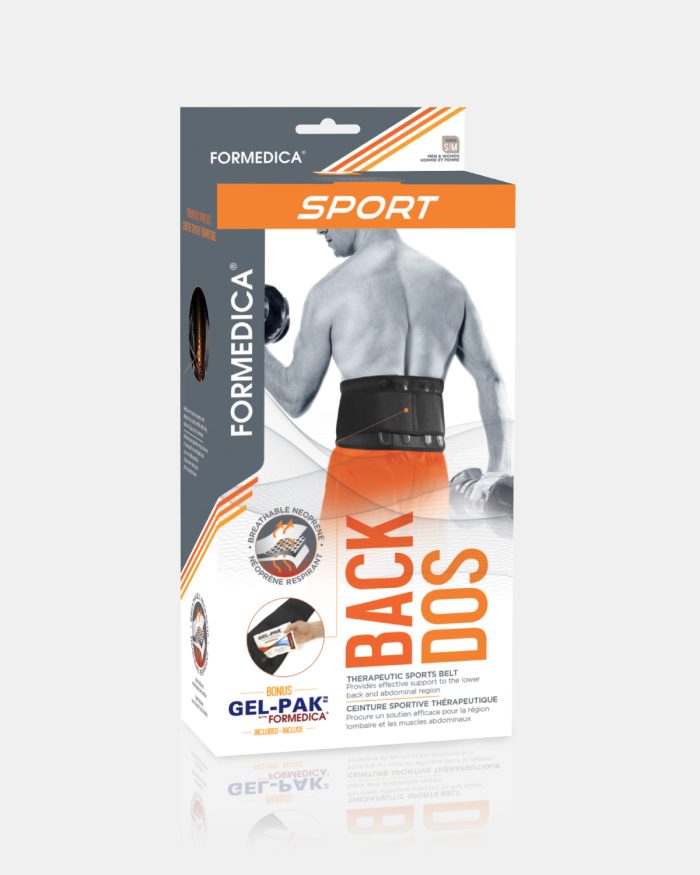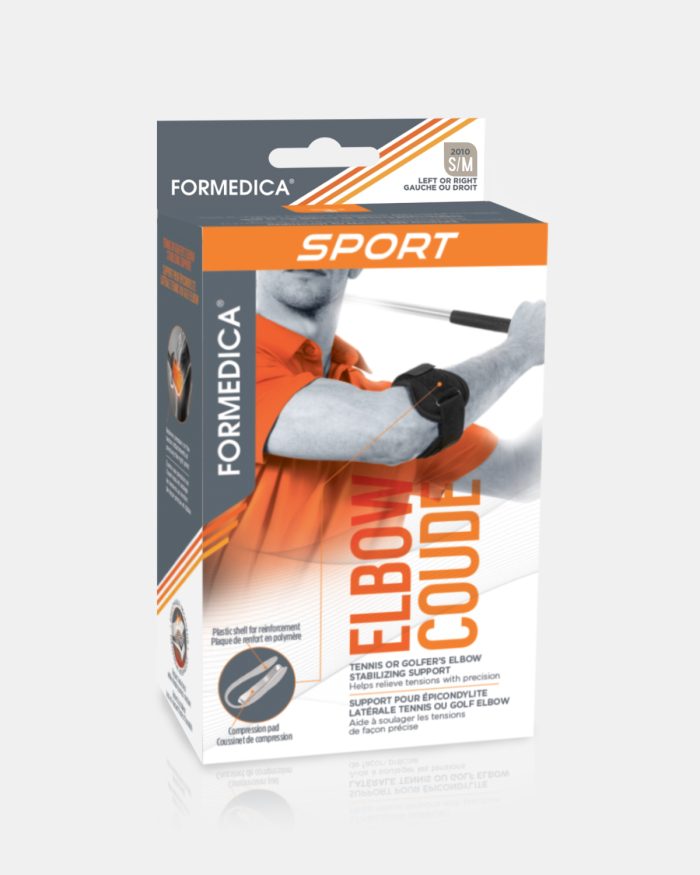Everybody knows it and repeats it: physical activity is the best way get, or get back, in shape. But knowing how to train in ways that respect our body’s rythm and limits is also essential. Too often, our best of intentions transform into pain or even worse, injury. So before you get into a training routine fit for Rocky Balboa, take the time to read this precious advice to start or continue your routine on the right foot.
Most common sports injuries: how to recognize them, how to avoid them
Pulled muscles
Pulled muscle is a result of over-stretching of a muscle beyond its capacity. Extreme stretching can even cause partial or complete tearing of the muscle tissue.
Symptoms include:
- Stiffness, and in the case of major muscle tearing or rupture, a sharp, brutal pain in the muscle that feels like a knife stab;
- occasional swelling;
- a small bruise if the injury is under the skin;
- complete loss of muscle function in case of a tear.
Sprains
Ligaments are highly resistant tissues with little expandability that hold the bones together. A sprain is the stretching or tearing of one or more ligaments in a joint.
Symptoms include:
- pain in the joint – in varying degrees depending of the seriousness of the injury;
- swelling of the joint– in varying degrees depending of the seriousness of the injury;
- bruising in severe cases.
Shoulder tendinitis
Tendinitis occurs when one of the 4 tendons in the shoulder is over-stressed, usually after improper, repetitive low impact movements.
Symptoms include:
- pain inside the shoulder that often irradiates to the arm;
- loss of mobility in the shoulder.
The pain occurs mostly when lifting the arm and intensifies during the night.
Epicondylitis
Lateral Epicondylitis (Tennis Elbow) is a soft-tissue condition characterized by pain and point tenderness in the region of the epicondyle – a small protrusion in the bone right above the elbow.
Symptoms include:
- pain that irradiates from the elbow toward the forearm and the wrist and intensifies when fingers are contracted;
- high sensitivity to the touch inside the inner or outer elbow;
- occasionally, slight swelling of the elbow.
Carpal tunnel syndrome
Carnal tunnel syndrome is the result of undue pressure on the median nerve and tendons located in a narrow canal located just above the wrist. It is usually cause by repetitive low impact movements of the wrist and hand.
Symptoms include:
- numbness and tingling in the hand and fingers;
- pain in the wrist and palm, that irradiates towards the fingers or the forearm, sometimes up to the shoulder;
- difficulty grasping objects, including light ones.
Lumbago
Lumbago is a lesion to a muscle, tendon or ligament in the back. This injury can be caused by a sustained effort, unusual torsion or repetitive low impact movements of the lower back.
The primary symptom of Lumbago is pain, which varies from one person to the other depending on the affected region of the vertebral column.
If lower back pain appears suddenly and is felt like a sudden, intense muscle contraction, it is usually a sign of a muscular lesion, a sprained ligament, or a rupture or displaced disc. This type of pain often occurs after an “awkward movement”.
Paletal femoral syndrome
Paletal femoral syndrome is characterized by the irritation of the knee cartilage, between the knee cap and the femur (thigh bone).
Symptoms include:
- pain around the knee cap, and on the front of the knee, which initially occurs after, rather than during, physical activity;
- occasional cracking sound in the joint, with or without pain;
- knee pain when in a sitting position for extended periods;
- recurring instances when the knee seems to unexpectedly bow under;
- rarely, swelling.
The pain increases when using stairs or squatting.
I-T band friction syndrome
The Ilio-tibial band friction syndrome is characterized by irritation and inflammation that results from the friction between two parts of the knee structure: the long fibrous band located on the outside of the thigh (I-T band) and a protuberance on the femur.
The main symptom is pain on the outside of the knee that is exacerbated by physical activity such as cycling or jogging. The pain often increases when walking downhill. The intensity increases with distance and with the halt impact.
A few simple rules to prevent sport injuries:
- Divide training sessions within a one week period and vary different types of exercises every day alternating between cardio and weight training.
- Make sure you warm up adequately before training and finish off with some stretching exercises.
- Get informed about the right techniques to perform your exercises.
- Use adequate equipment.
Too late for prevention? Here are a few treatments that will ease the pain
Rest
Cease training during 1 or 2 days to allow healing of the injured area.
Ice
Apply an ice pack on the painful area for 15 to 20 minutes, several times a day.
Compression
In between ice applications, wrap the limb in elastic bandage to reduce swelling.
Elevation
Keep the limb elevated as much as possible. Keep legs higher than the hips; use a sling for arm.
References
http://www.passeportsante.net/fr/Actualites/Dossiers/DossierComplexe.aspx?doc=sport_blessures_do
http://sante.canoe.com/condition_info_details.asp?disease_id=204

